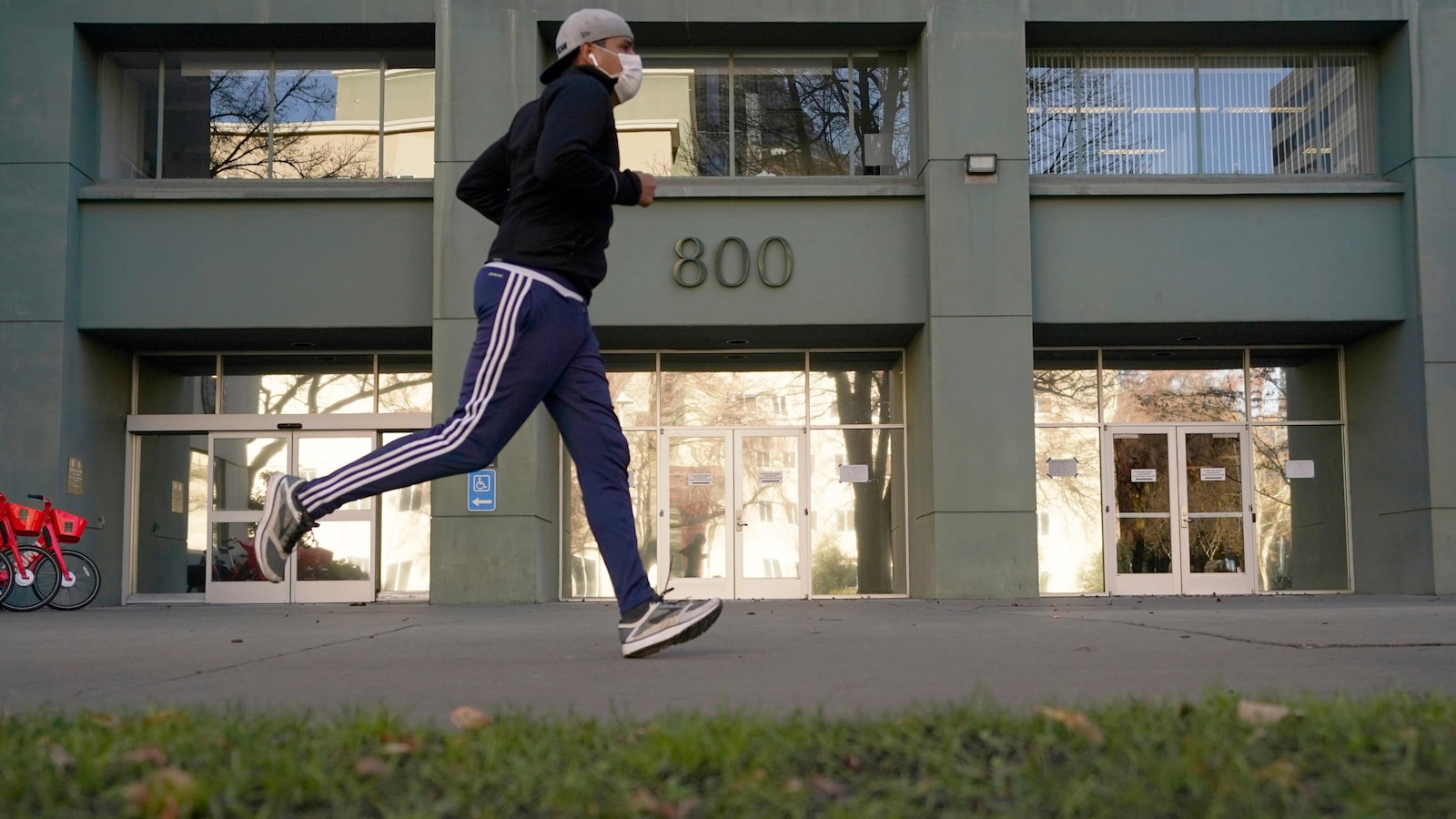Unemployment Claims Surge: Analyzing the Impact on America’s Workforce
As the economic landscape continues to evolve, a notable surge in unemployment claims has emerged, prompting a wave of concerns about the future of America’s workforce. Recent reports indicate that the number of continuing claims for unemployment benefits has reached its highest level in three years. This surge raises critical questions about the stability of the job market and the implications it holds for both workers and the broader economy. In this article, we will delve into what this surge means for America’s workforce, exploring the factors contributing to the rise in claims, the potential consequences for the economy, and what workers can do to navigate these challenging times.
Understanding the Surge in Unemployment Claims
The rise in unemployment claims can be attributed to several intertwined factors. Primarily, the lingering effects of the COVID-19 pandemic continue to ripple through various sectors of the economy. While some industries have rebounded, others, particularly those reliant on in-person interactions, are still struggling. The recent fluctuations in consumer demand, coupled with ongoing supply chain disruptions, have further exacerbated job instability.
According to the U.S. Department of Labor, the number of initial unemployment claims has seen a significant increase over the past few months, with continuing claims reflecting the challenges many Americans are facing in securing stable employment. This spike can be particularly alarming as it signals that individuals are not only losing jobs but are also having trouble finding new ones.
- Industry-Specific Challenges: Certain sectors, such as hospitality and retail, have been hit harder than others. These industries face unique hurdles due to changing consumer habits and ongoing health concerns.
- Economic Uncertainty: Rising inflation and concerns about a potential recession have left both employers and employees feeling cautious, leading to a slowdown in hiring.
- Technological Changes: Automation and technological advancements have transformed many job roles, making it difficult for some workers to adapt and find new employment.
The Broader Economic Implications
The surge in unemployment claims does not just impact individual workers; it has profound implications for the economy as a whole. Here are some key aspects to consider:
- Consumer Spending: When unemployment claims rise, consumer spending typically declines. Individuals relying on unemployment benefits may be more cautious with their spending, leading to reduced demand for goods and services.
- Employer Confidence: A high level of unemployment claims can shake employer confidence, causing companies to delay hiring or expansion plans. This can create a vicious cycle of uncertainty and job loss.
- Government Response: Policymakers may need to intervene by implementing measures to stimulate job creation and support affected workers. This could involve investing in workforce development programs or providing incentives for businesses to hire.
What It Means for Workers
For many Americans, the surge in unemployment claims translates into heightened anxiety about job security and financial stability. Understanding how to navigate this uncertain environment is crucial. Here are some strategies workers can employ:
- Upskilling and Reskilling: With the job market in flux, investing in new skills can make workers more competitive. Online courses and vocational training programs are excellent resources for those looking to enhance their employability.
- Networking: Building and maintaining professional relationships can lead to potential job opportunities. Engaging with industry groups and attending job fairs can help workers stay connected.
- Exploring Gig Economy Opportunities: The gig economy presents alternative income sources for those struggling to find full-time employment. Freelancing, consulting, or part-time work can offer flexibility while providing financial support.
Looking Ahead: Optimism Amidst Challenges
While the surge in unemployment claims may seem daunting, it’s essential to approach the situation with a sense of optimism. Historically, the economy has shown resilience in overcoming challenges. Here are some positive signs and potential developments for America’s workforce:
- Job Creation Initiatives: Governments and organizations are increasingly recognizing the need for job creation programs, particularly in emerging industries such as renewable energy and technology.
- Workforce Development Programs: Public and private sectors are investing in training programs to prepare workers for the jobs of the future, focusing on skills that are in high demand.
- Remote Work Trends: The rise of remote work has opened doors for many individuals, allowing them to access job opportunities beyond their local markets.
Conclusion
The surge in unemployment claims signifies a critical moment for America’s workforce, highlighting both challenges and opportunities. As more individuals seek assistance through unemployment benefits, the implications for the economy are profound. However, with proactive measures, a focus on skill development, and a willingness to adapt, workers can navigate these turbulent times. The resilience of the American workforce should not be underestimated, and as we move forward, there is hope that the economy will stabilize, leading to renewed job growth and stability.
In the face of uncertainty, staying informed, embracing change, and fostering a sense of community can empower individuals to thrive, regardless of the challenges that lie ahead. Together, we can build a stronger, more resilient workforce for the future.
See more CCTV News Daily



